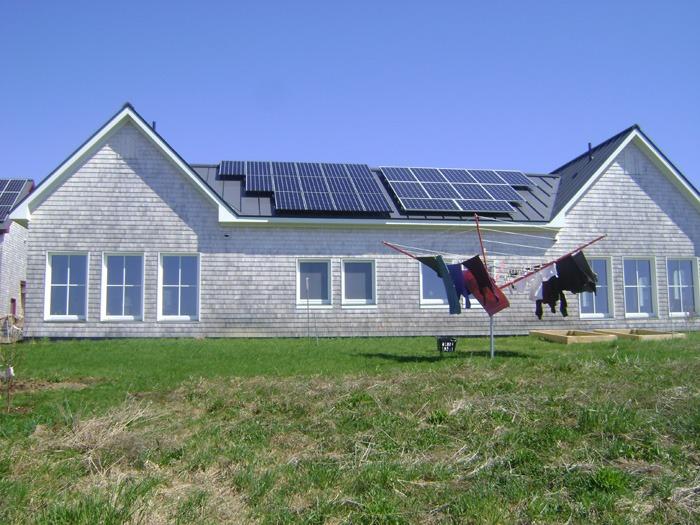CGKY News Hub
Your go-to source for the latest insights and trends.
Green Living: Where Comfort Meets Conservation
Discover how to embrace eco-friendly living without sacrificing comfort. Join the green revolution today!
5 Simple Swaps for a More Eco-Friendly Home
Adopting an eco-friendly lifestyle starts at home, and making small changes can lead to significant benefits for the environment. Here are 5 simple swaps you can implement today to create a more sustainable household:
- Reusable Bags: Instead of using single-use plastic bags, invest in high-quality reusable shopping bags. Not only do they reduce waste but they also save you money in the long run. The EPA provides great tips on reducing waste.
- LED Light Bulbs: Switch out traditional incandescent bulbs for LED bulbs, which consume up to 80% less energy and last significantly longer. This simple swap not only helps lower your electricity bill but also reduces the frequency of bulb replacements.
The third swap involves your cleaning supplies. Natural Cleaners made from vinegar, baking soda, and essential oils can replace harsh chemical cleaners found in most households. Not only are these options safer for your family, but they are also better for the planet. NRDC shares effective homemade cleaning solutions. Additionally, consider composting your kitchen scraps to minimize waste and enrich your garden soil. Composting reduces landfill contributions and can enhance your gardening efforts, making it a win-win for your home and the environment.

How to Create a Sustainable Garden: Tips for Beginners
Creating a sustainable garden is a rewarding endeavor that contributes to both personal well-being and environmental health. As a beginner, start by assessing your space and soil quality. Conduct a simple soil test to determine its pH and nutrient levels, which will guide your plant choices. Once you understand your soil, consider adding organic matter such as compost to enhance fertility. To promote biodiversity, opt for native plants that require less water and are well-suited to your local climate.
Water conservation is crucial for a sustainable garden. Implement a rainwater harvesting system using barrels to collect rainwater for irrigation. Additionally, consider using drip irrigation to minimize water waste. Mulching your garden beds not only retains moisture but also suppresses weeds, reducing the need for chemical herbicides. By incorporating these practices, you'll create an eco-friendly space that thrives while supporting local wildlife and conserving resources.
Is Green Living Right for You? Exploring the Benefits and Challenges
In recent years, green living has gained significant traction as individuals seek to reduce their ecological footprint and promote sustainable practices. By incorporating environmentally friendly strategies into daily life, you can enjoy a myriad of benefits, such as lower utility bills, improved health through a reduced exposure to toxins, and a sense of community among like-minded individuals. Embracing green living often encourages mindful consumption and enhances your overall quality of life. However, before making the leap, it's essential to weigh these benefits against the potential challenges, such as higher upfront costs for sustainable products and potential lifestyle adjustments.
While the advantages of green living are compelling, the challenges should not be overlooked. Transitioning to a more sustainable way of life can require a significant investment of time and resources. For instance, sourcing organic or locally produced foods may demand more planning and effort than conventional options. Additionally, some individuals may struggle with the limited availability of eco-friendly alternatives in their area. Therefore, it's crucial to assess your circumstances and consider whether the benefits of adopting a green lifestyle align with your personal goals and values.